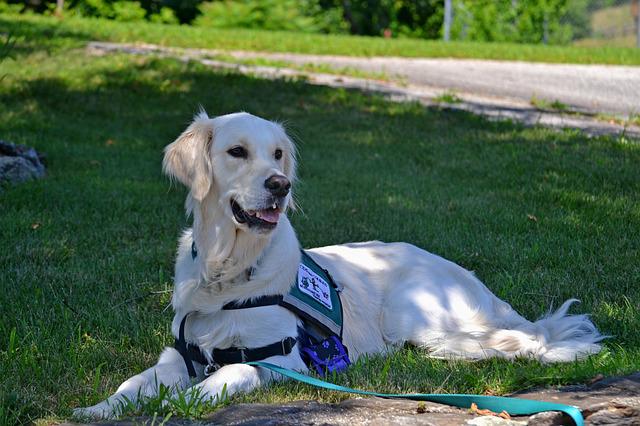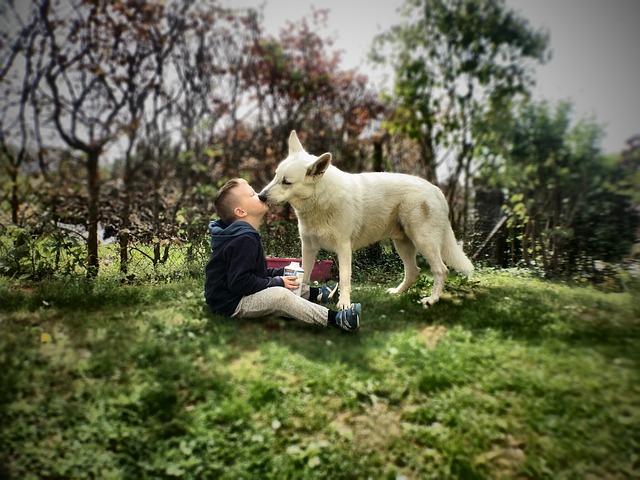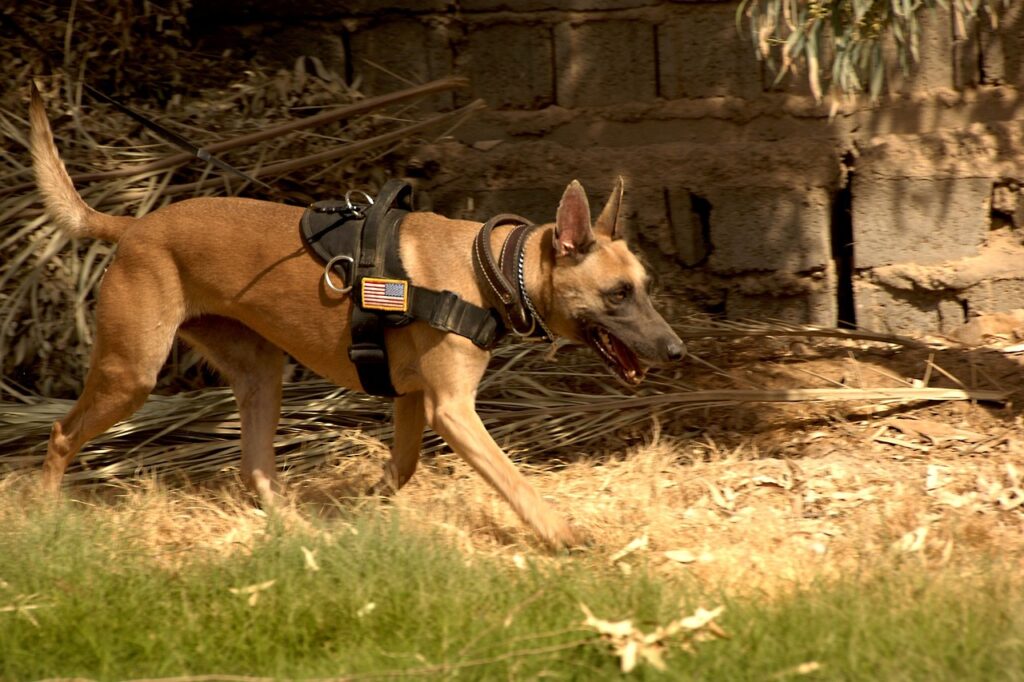
Cancer sniffing dogs are able to sniff out cancer with an average of 98% accuracy. Using their keen sense of smell to help save lives, dogs can be trained to sniff a person’s skin (a mole) and detect the presence of a melanoma. Sniffing human urine can detect bladder and prostate cancer. Smelling human breath can detect bladder and kidney cancer. Many purebreds are being trained to use their superior sense of smell to detect ovarian cancer and breast cancer.
Our best friends are hard at work helping to protect us, just as we’ve learned to do the same for them.
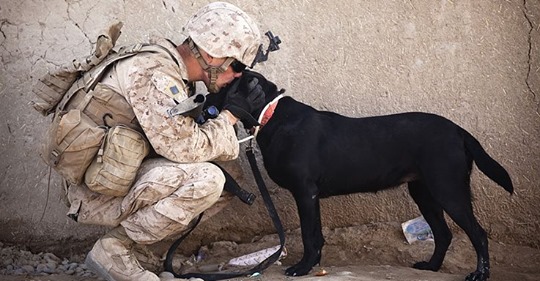
The latest additions to our awesome working dogs are the AASD, Allergy Alert Service Dogs. These dogs are trained to sniff out and find foods with allergens, the most common one being peanuts, as well as even the slightest smell of peanut dust in the air or on an object. These awesome dogs have changed the lives of children and adults in ways we could not even imagine, as we take so much for granted.
German Shepherds, in particular, as well as Labradors, Golden Retrievers, Vislas, and Malinois, are trained for search and rescue, sniffing out bombs and drugs, and used as service dogs to assist the disabled and guide the blind.
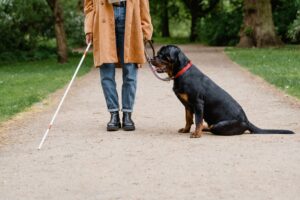
Golden Retrievers are a favorite breed used as therapy dogs and emotional support for children.
The Basset Hound is second to the Blood Hound for search and rescue.
Giant Schnauzers are known for their ability to detect cancer cells.
Dogs Trained to Help with Anxiety
Numerous websites offer “certificates” for dogs for a price that are presented to the airlines so that the dog can sit with the pet parent on the flight.
Though each pet parent may sing the praises of their dog and love them to pieces, this still does not qualify the dog for anxiety control if anxiety is a major, ruling factor in a person’s life.
For that to be accomplished, certain guidelines need to be followed.
Caring for the dog responsibly and the dog reciprocating with unconditional love puts both the dog and the dog parent on the right track. But those suffering from debilitating anxiety will find that that is not enough. ESA, an emotional support animal, should be able to recognize a panic attack and help calm the person. Though not categorized as a full-service dog, the emotional support animal should be able to get help for the pet parent in distress and look for and retrieve medication, even if the dog is required to look through different rooms in search of what is needed. This all requires special training.
Balance Dogs
Balance dogs are those trained to help brace a person suffering from MS and other neurological disorders that interfere with fluid, motion, and balance difficulties. A calmer, less high-energy dog of no less than medium stature can work with such a patient.
Reliance upon the knowledge that this dog is on the job, watching over the patient/pet parent, is comforting, as it greatly reduces falls and facilitates everyday living, improving the quality of life.
Dogs for Seniors
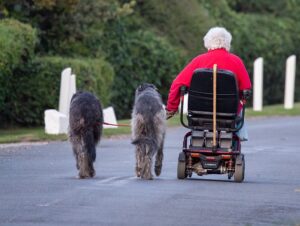 A dog geared for a senior is again a dog that does not have high energy—thereby, exhausting the senior pet parent. There are many breed choices for a dog that provide unconditional love and loyalty but will be happy to snooze when the senior pet parent does. One such breed is the French Bulldog.
A dog geared for a senior is again a dog that does not have high energy—thereby, exhausting the senior pet parent. There are many breed choices for a dog that provide unconditional love and loyalty but will be happy to snooze when the senior pet parent does. One such breed is the French Bulldog.
Dogs have been notably responsible for helping to eliminate loneliness and depression, lowering high blood pressure and stress, elevating good moods, reducing heart attacks and anxiety disorders, and increasing exercise and social activities like walking and meeting people.
All of the above and so much more highlight how magnificent our dogs are and how much we’ve come to depend upon them, not just for companionship, as important as that is, but for special situations that help “get us through.”

